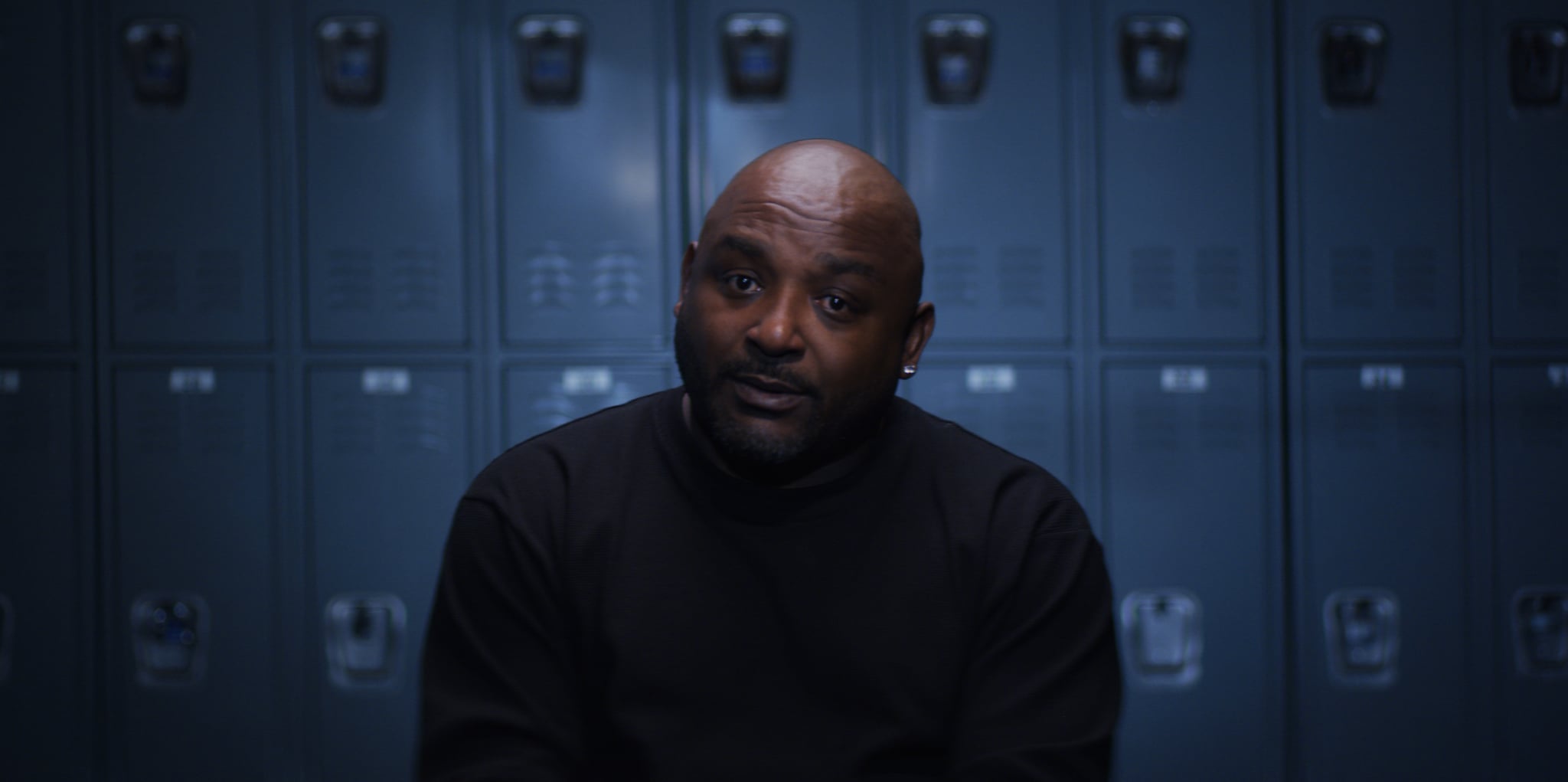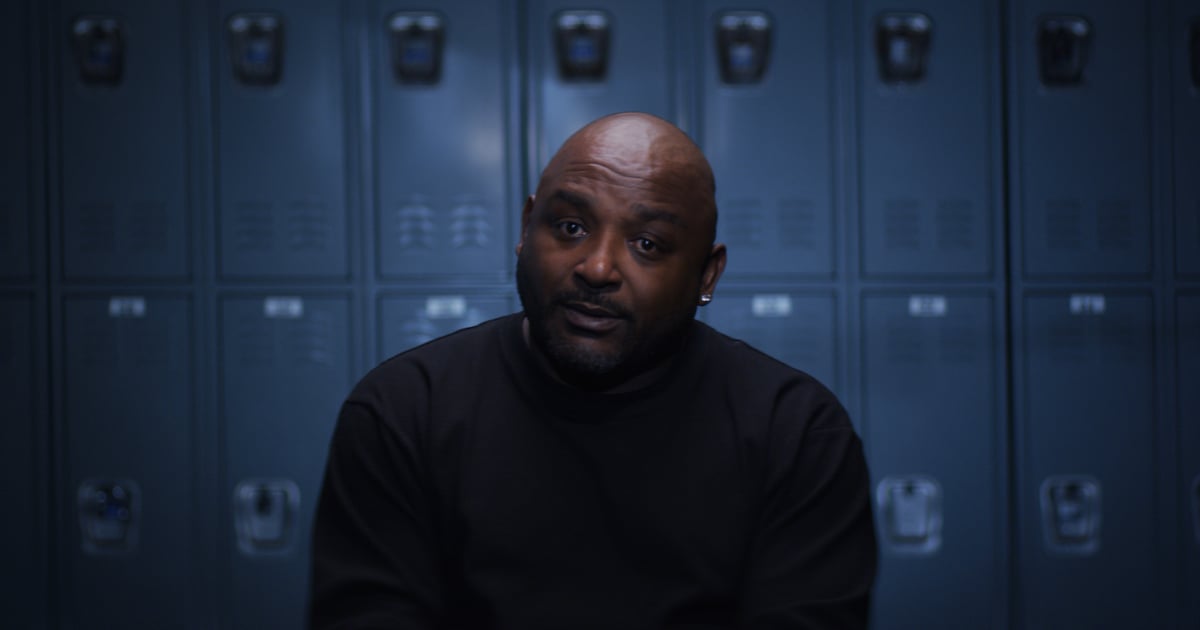Products You May Like

I may not be an athlete myself, but as someone who graduated from a university with a robust athletic department, I know how much collegiate sports can mean to the student body, the athletes who give their hearts and souls to the game, and the institutions that profit off them. In 2019, March Madness alone brought in $1 billion for the NCAA, according to Forbes.
But even as the men’s and women’s basketball teams at my alma mater UConn brought home championship after championship — and a steady stream of revenue for the university — at least one of our star players, point guard Shabazz Napier, was going to sleep “starving” some nights because he was unable to afford food. As the first episode of Netflix’s Bad Sport reveals, Napier is not alone. College athletes have been dangerously cash-strapped for generations.
The episode, titled “Hoop Schemes,” tells the story of Stevin “Hedake” Smith, a star point guard at Arizona State University whose dreams of playing in the NBA — a future that was practically secured by his demonstrable success with ASU — were destroyed in the 1990s, when a campus bookie named Benny Silman introduced him to the concept of point shaving. With the help of his teammate Isaac “Ice” Burton, who was also struggling to make ends meet as a student-athlete, Smith fixed the outcome of four games during his senior season, earning tens of thousands of dollars each time. However, the athletes — along with Silman and several others involved in the betting scheme — were eventually caught, ultimately ending any dreams they had of a thriving professional basketball career.
When Smith was first approached about the scheme in 1994, he told Silman he was interested in the money to be made, but he didn’t want to lose any games and jeopardize his promising future in the NBA. Silman explained that fixing the outcome of a game doesn’t necessarily require a team to lose. Instead, Smith could control his team’s margin of victory by intentionally missing shots here and there, in order to ensure that those betting on the game would see a payout. With $20,000 per game up for grabs, and both athletes scraping by despite their success on the court, Smith and Burton signed on to the gamble. And it went well for them at first — and by well, I mean luxury vehicles, jewelry, and everything else a college student would spend tens of thousands of dollars on — but eventually, the authorities caught on. The problem with point shaving is that it’s a federal crime.
Like Napier some 20 years later, Burton described “not eating at all sometimes” at ASU.
Like Napier some 20 years later, Burton described “not eating at all sometimes” at ASU, having received no financial compensation for the time and energy he dedicated to being part of a successful basketball team. Although Burton and Smith received lighter sentences for their involvement in the point-shaving scheme than Silman, their careers in the NBA were squashed, and they did pay for their crimes. Watching the players recount this story nearly 30 years later with such remorse and vulnerability — coupled with the fact that student-athletes are only now being offered education-related benefits and given the opportunity to profit off their name, image, and likeness — makes one wonder just how far we’ve come as a society that has often cared more about winning than the safety and well-being of its athletes, and just how much further we have to go.
